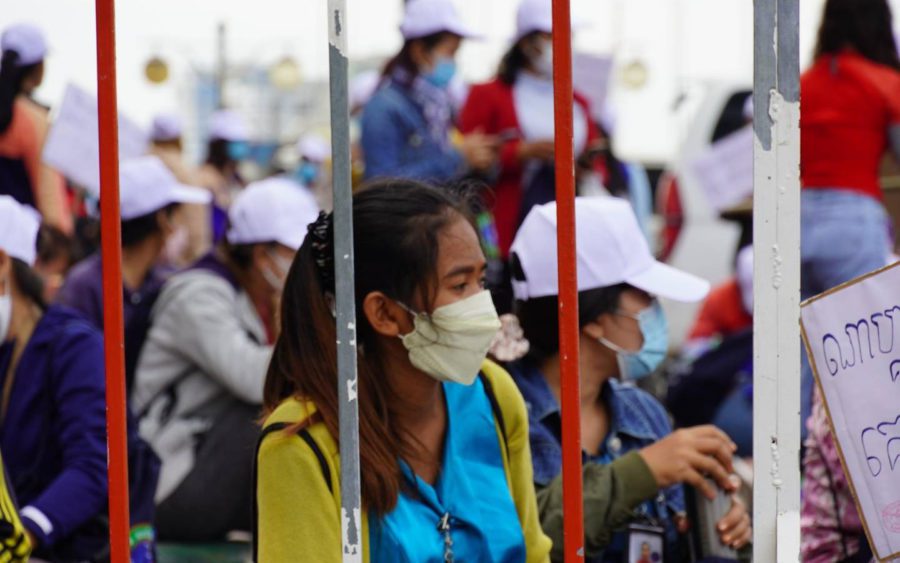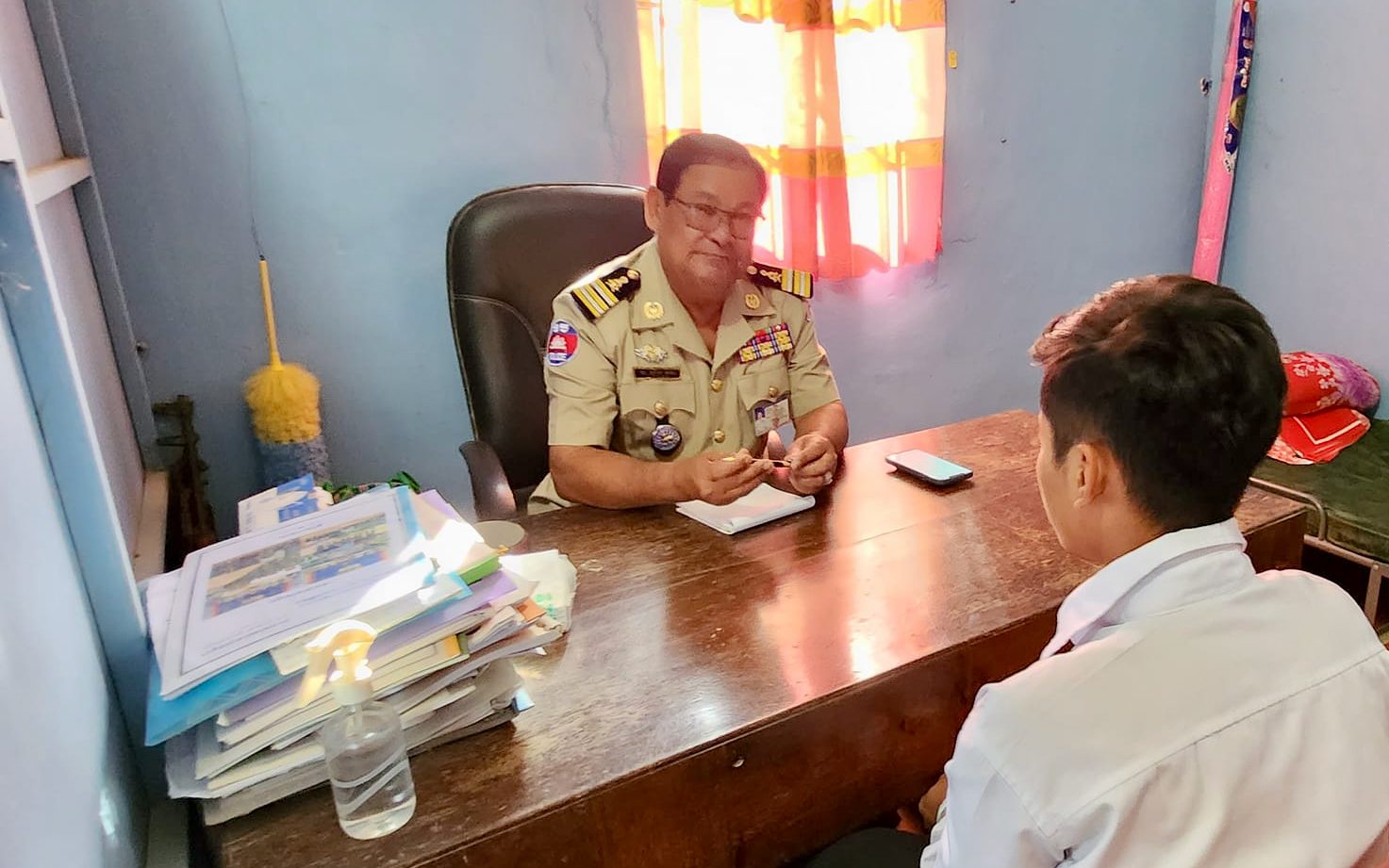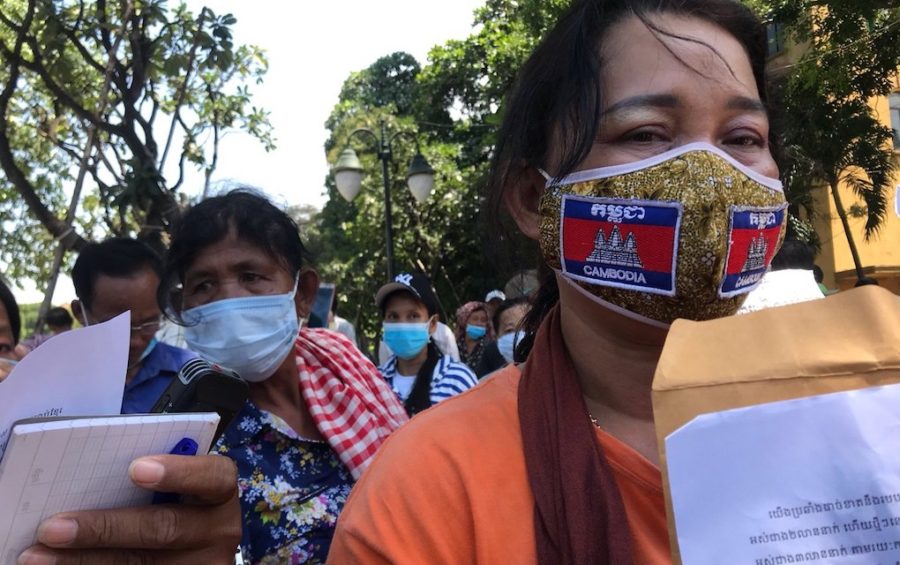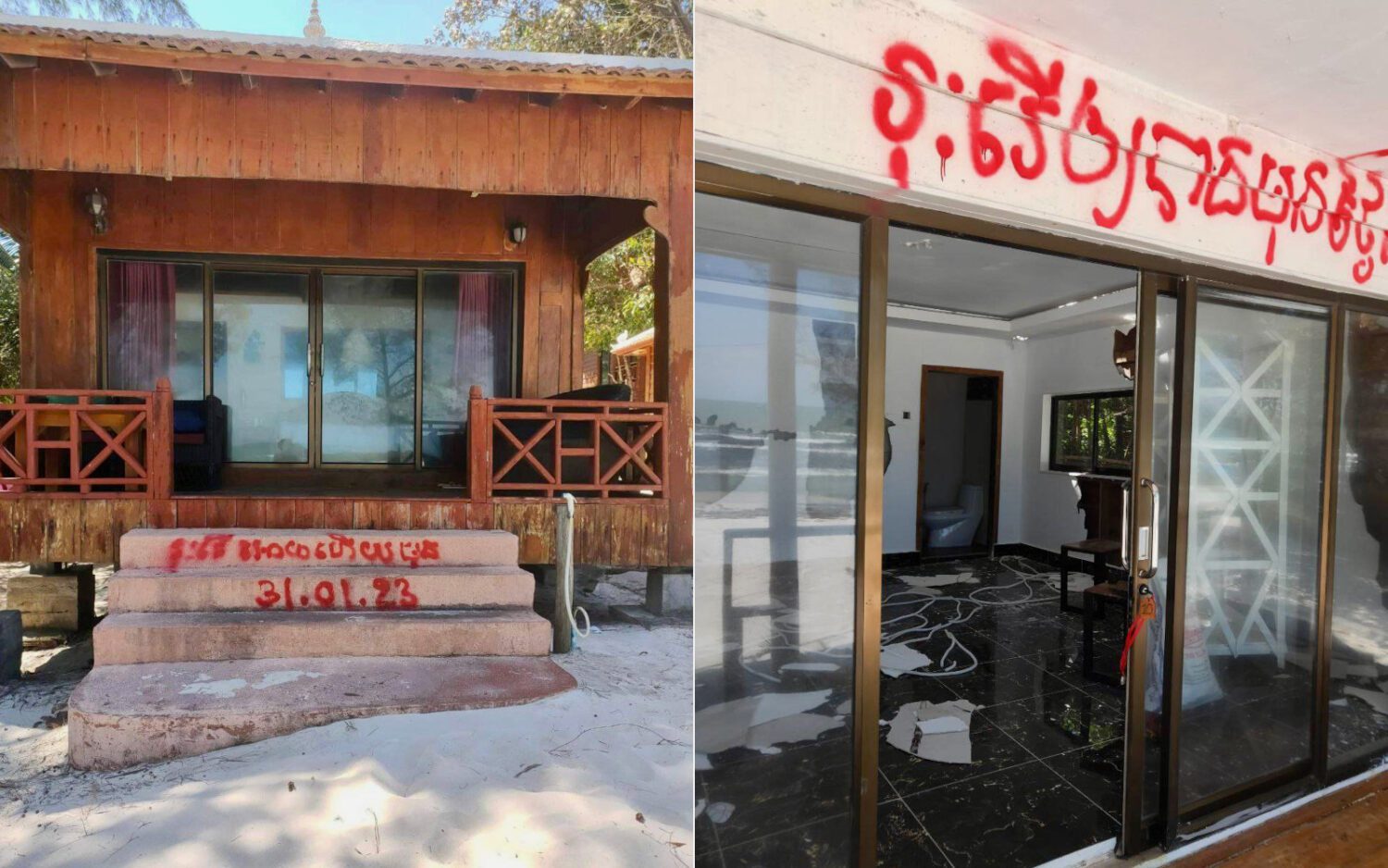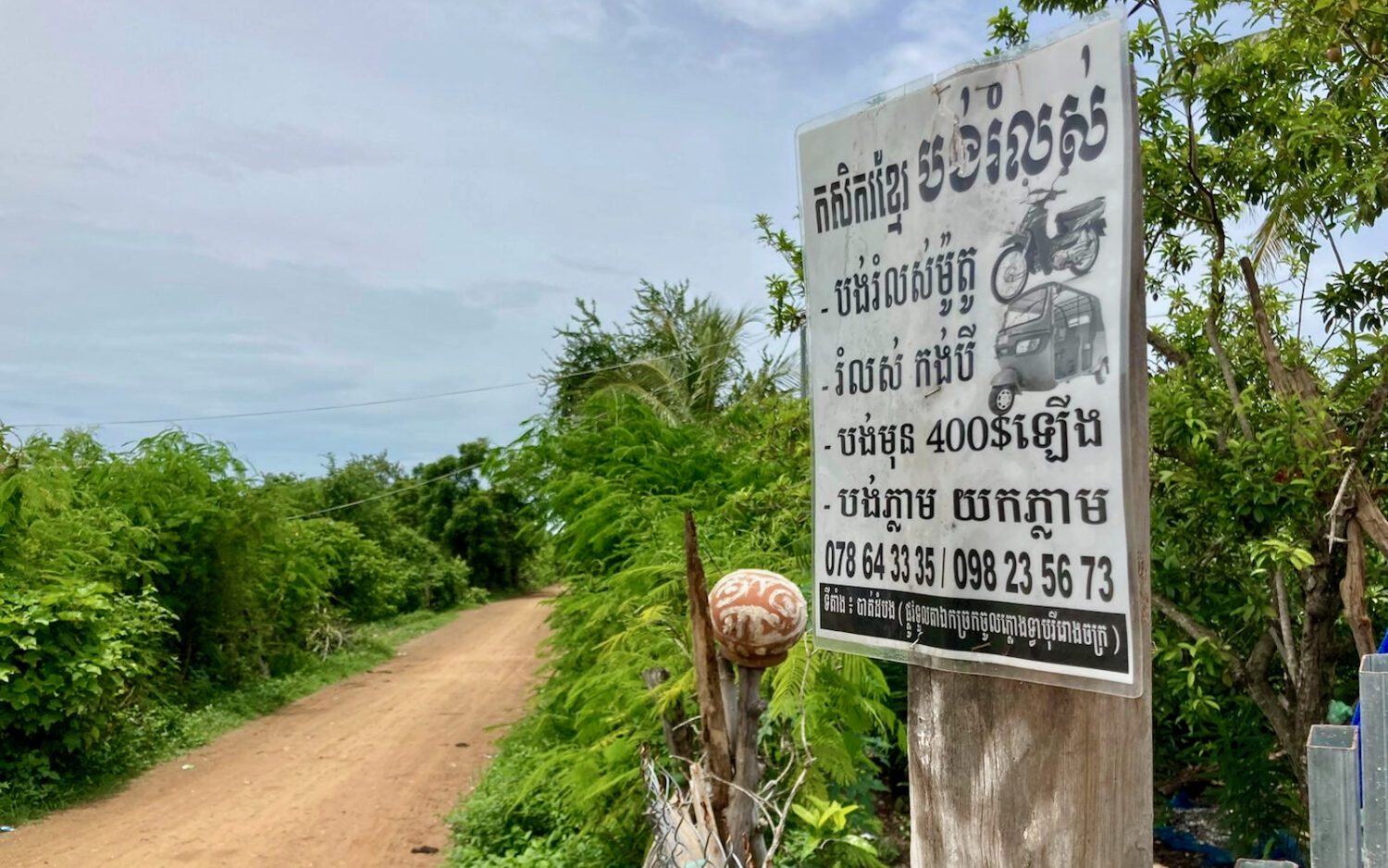Since December of last year, former employees at NagaWorld have been regularly protesting for the reinstatement of about 200 workers, including top unionists, following mass layoffs of more than 1,300 workers due to the impacts of Covid-19 on the company’s budget as stated by NagaCorp.
 Theang Soriya is currently a research student at Waseda University in Japan and a junior research fellow at Phnom Penh think-tank Future Forum. Previously, she was a graduate from the American University of Phnom Penh.
Theang Soriya is currently a research student at Waseda University in Japan and a junior research fellow at Phnom Penh think-tank Future Forum. Previously, she was a graduate from the American University of Phnom Penh.
During these protests, there have been waves of violence, imprisonment, quarantine, suppression and negotiations. The striking workers and management of the casino have tried to end the disputes through negotiations with the Ministry of Labor acting as a third party but no agreement has been reached.
After images and videos of authorities using force against women protesters at Naga World were shared online, a Phnom Penh City Hall spokesman called attention to the demographics of the protests — which have been led by, and largely made up of, women.
The statement read: “Today the protestors forgot to pretend to be a victim to attract pity. But [instead] turned to yelling and being very inappropriate, which is not suitable as Khmer women.”
This statement prompts several questions — why is this protest, and so many others in Cambodia, made up of mostly women? And is the act of protest really contradictory to the idea of Cambodian womanhood or is it in fact directly complementary to women’s roles in this society?
Backbones and Linchpins
Women have been seen at the forefront of most, if not all Cambodian protests, particularly those that call out issues in some of the most fundamental sectors of our country’s economy — construction, garment and tourism.
These women form the backbone of the work pushing this country forward, but due to the nature of their jobs oftentimes face exploitation and ill treatment. Because of this, women have been vocal in protests.
Protests in the construction sector, in which much of the lower-skilled work is done by women workers, often relate to overdue wages. In a protest related to late payments to workers at DNC Mall construction in the capital, Choem Chab, 40 years old, a female bricklayer from Kampong Thom province said that “we’ve done no work because we are waiting to get our payment.” She added, “yesterday I borrowed $20 to pay for my food. … Now I’m in debt for nearly $1,000.”
In 2020, when Canteran Apparel failed to pay factory workers their full wages, nearly 1,000 garment workers protested outside the factory demanding management pay them regularly. One woman protester told VOD at the time that “workers said they will face difficulties managing daily expenses, such as rent, utilities, children’s school fees, and bank loans if their employer does not pay their full, regular wages.”
Amid the pandemic-related economic downturn, workers at the Cambodian Cultural Village, a tourism complex in Siem Reap, experienced a 20 percent reduction in their wages and lost a $25 monthly food stipend. Dozens of employees at the tourist park, including a woman holding her baby, held signs outside the village asking for solutions from the president of the village.
Sok Sreymom, who has worked as a choreographer in the Cultural Village for 17 years, said the company did not have a reason for closing the art office as another worker explained that “the loss of [the office] means that now the other workers are on their own, not knowing what positions [the company] could send them to, with no preparation.”
The significant number of women protesters representing causes in the construction, garment, and tourism industry reflect the sheer number of women who are working in these industries, and also just how insecure these jobs can be.
These women are essential to this country’s economy, which relies heavily on informal sectors (accounting for 62% of the GDP). Among the total labor force, 93.1% are informal workers and more than half of them are women.
Undeniably, this country cannot run smoothly without their contributions. But the “low skill” nature of these types of work also means these women can be unfairly treated by employers and dismissed easily and quickly. When this is the case, protest is the form of self-defense they turn to.
Women’s Roles Put Them Up Against Powerful Forces
The traditional Cambodian “women’s work” of protecting and caring for a family has often meant that women are pitted up against powerful forces and authorities. Women, whose roles as mothers or wives or breadwinners — or all of three combined — are the foundation of their families. Women are often expected to take the role of holding together their families, and this expected duty can give them impetus to stand up in the face of pressure.
For example, in the case of land disputes, if a woman’s role is to uphold the physical and psychological well-being of the family, how can she stay silent when land, where her family resides on or uses for livelihood purposes, is being taken away from her?
In a land dispute next to Boeng Tamok in Prek Pnov district where an unidentified company suddenly claimed approximately 79 hectares of land that was owned by 88 involved families, a woman villager named Moang Sreynak spoke out saying her family has worked on a 50-by-100-meter plot there, growing rice, artichokes, and other crops since 1985.
“They broke it into plots of land for selling and building apartments, and did not compensate,” Sreynak said. “Land we have relied on for more than 30 years is useless, so why does the company have the right to occupy and we don’t have rights?”
In protests against land grabbing disputes with tycoons, business companies and national or foreign development projects, as in the above case, women are leading the way because this issue greatly affects their families.
Persistent and Non-Conforming
Women protesters are often framed as acting on behalf of a foreign influence, but in fact they are ordinary people working in insecure job industries with no political power to speak of. These women turn to protest because they lack other forms of recourse for the challenges they face.
When the Dignity Knitter and Eco Base factory in Kandal province, for instance, failed to pay workers’ salaries, then laid off 1,000 workers, and started to take equipment out of the factory, women employees began to protest, camping outside the factory all day and night on a rotation to prevent the factory owners from selling equipment, and leaving them in the lurch.
One of the women protesters, however, admitted that they were powerless and would not dare to do anything outside the law. Another one mentioned that the fight has been tough; they sleep under a mere tarpaulin when it rains; on other days the road is dusty from heavy trucks driving back and forth.
Regardless, a 20-year industry veteran of the Dignity Knitter and Eco Base factory said she was prepared to keep going with the protest indefinitely. “I will stay until [we] get the money,” she said.
In the case of the NagaWorld protests, women protesters have faced harassment from authorities. In the last several weeks, there were allegations that a protester’s breast was grabbed by an officer, another was punched in the eye, and others have been hurt when they were thrown onto the buses and driven around the capital.
Protests have nevertheless continued most days. Mam Sovathin, a woman protester, said “if the negotiation has no result and no solution, we will rally again as normal.”
Amid these obstacles, not only do these women protesters stand firmly hand-in-hand, but they also use protest as a platform to challenge traditional perceptions of Cambodian women as docile and passive. One of the NagaWorld strikers, Thim Saiya, 40, said “it is difficult when the authorities push us back and forth to the bus. Some of us try to get back at them if we cannot stand it.”
Contrary to statements that protest is inherently un-ladylike or that the protestors themselves betray the ideals of Khmer womanhood — obedient, passive and nonviolent, as City Hall alluded to — women protesters across the country are showing that the definition of Khmer women is changing, growing, and shifting. This definition includes the act of standing up against powerful forces and arguing for what you think is right.
Theang Soriya is currently a research student at Waseda University in Japan and a junior research fellow at Phnom Penh think-tank Future Forum. Previously, she was a graduate from the American University of Phnom Penh.


